
Copernical Team
Chief designer details how future China lunar landing works
 China is working on a rocket for its moon landing mission, which will send a manned spaceship and a lander to lunar orbit in two separate flights, chief designer of the country's manned space program Zhou Jianping revealed.
The spaceship will send the taikonauts to lunar orbit and dock with the lunar lander. The lander will subsequently carry the taikonauts to the moon's surface. After the
China is working on a rocket for its moon landing mission, which will send a manned spaceship and a lander to lunar orbit in two separate flights, chief designer of the country's manned space program Zhou Jianping revealed.
The spaceship will send the taikonauts to lunar orbit and dock with the lunar lander. The lander will subsequently carry the taikonauts to the moon's surface. After the BIM Implementation and BIM Apps
 Building Information Management (BIM) is a highly collaborative approach to managing construction projects, offering an overwhelming number of benefits to companies that implement it. The main focus of BIM is a collaboration between different departments and project participants, which leads to less miscommunication, fewer reworks, and higher performance across the board.
BIM as a methodo
Building Information Management (BIM) is a highly collaborative approach to managing construction projects, offering an overwhelming number of benefits to companies that implement it. The main focus of BIM is a collaboration between different departments and project participants, which leads to less miscommunication, fewer reworks, and higher performance across the board.
BIM as a methodo First satnav receiver designed to operate in lunar orbit delivered to satellite maker
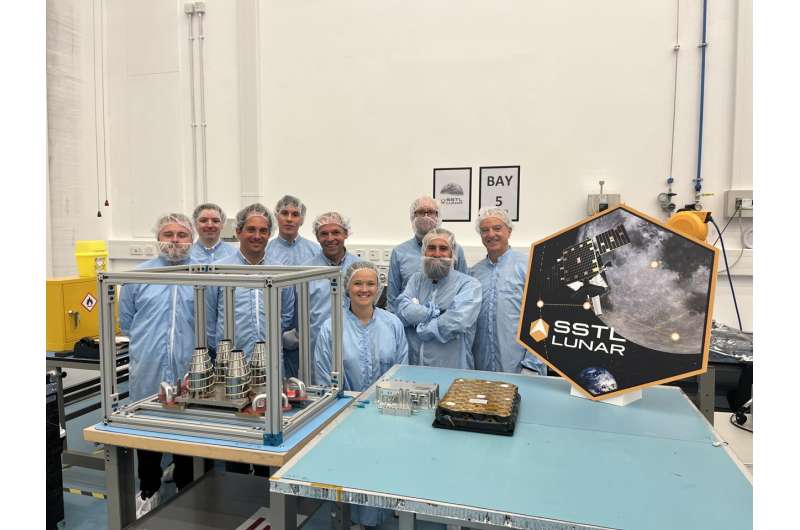
The first satnav receiver designed to operate in lunar orbit has been delivered to satellite maker Surrey Satellite Technology Ltd in the UK for integration aboard the Lunar Pathfinder spacecraft.
The complete Navigation payload seen here includes a four helix antenna (left, in the glass box) developed by MDA in Canada, plus the NaviMoon satnav receiver from Swiss company SpacePNT, and the low noise amplifier developed by EECL in the UK, who also undertook the manufacturing and the environmental test campaign for both the satnav receiver and amplifier.
The payload is designed to boost and process faint terrestrial Global Navigation Satellite Signal (GNSS) signals from more than 400 000 km away, harnessing advanced processing and navigation algorithms to fix the spacecraft's position, velocity and timing in lunar orbit in real time.
It is complemented by a lunar Laser Retroreflector Array (LRA) (right), developed by NASA under agreement with ESA, composed of 48 mirrored retro-reflectors that will enable centimeter-scale laser ranging of the spacecraft as it orbits the moon, to authenticate the satnav receiver position fixes during the experiment.
Due to be launched in late 2025, SSTL's Lunar Pathfinder mission will serve as a telecommunications relay satellite for future missions to the moon, to serve assets on both the nearside and farside, orbiting in an 'elliptical lunar frozen orbit' for prolonged coverage over the South Pole—a particular focus for future exploration.
Week in images: 05-09 June 2023
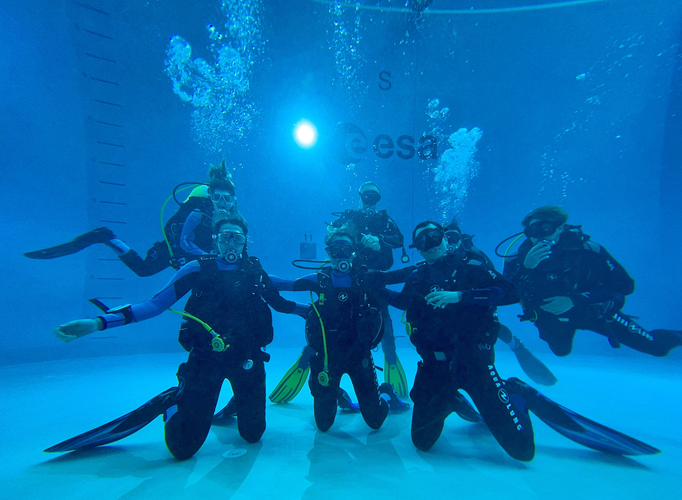
Week in images: 05-09 June 2023
Discover our week through the lens
Nicolas Bobrinsky on people management and teamwork | ESA Masterclass
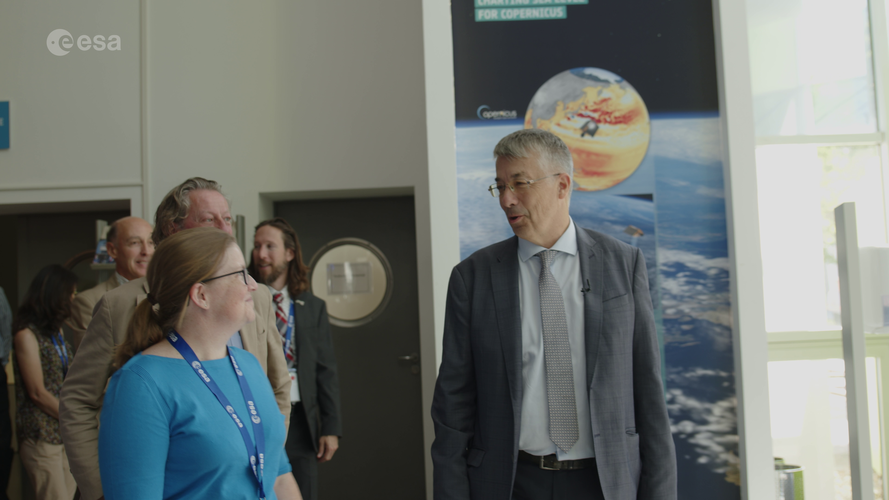 Video:
00:11:18
Video:
00:11:18
Imagine you are singing in a choir. You are doing your best, just like everybody else. Suddenly, somebody turns to you and points out that you are not singing the right note. If you are told off in a harsh way, you may feel bad about it, and if this happens too often you might not only feel upset about the choir but might even leave it for good. Eventually, the whole choir could end if everybody just leaves.
It is the duty of the choir conductor (the ESA team head) to be able to address every single situation in the right way,
Earth from Space: Cook Strait, New Zealand
 Image:
The Copernicus Sentinel-2 mission takes us over Cook Strait, which separates New Zealand's North and South Islands.
Image:
The Copernicus Sentinel-2 mission takes us over Cook Strait, which separates New Zealand's North and South Islands. Diving into practice
 Image:
Diving into practice
Image:
Diving into practice 2022 Astronaut candidates during training in the NBF
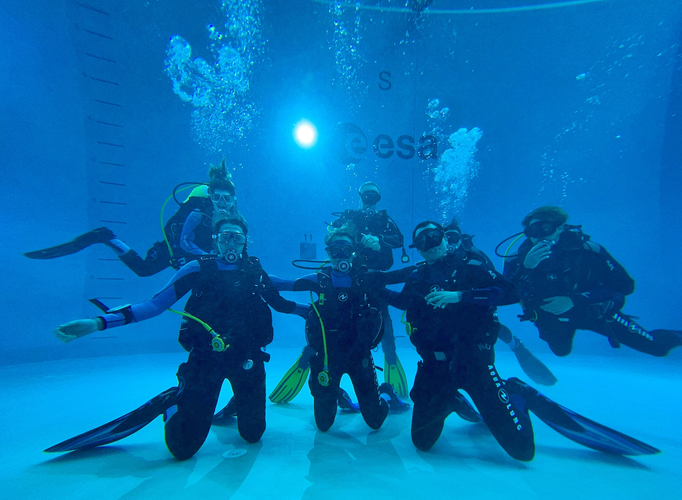 Image:
from left to right in front: Rosemary Coogan, Sophie Adenot and Raphaël Liégeois
Image:
from left to right in front: Rosemary Coogan, Sophie Adenot and Raphaël Liégeois Satnav from Earth to the Moon
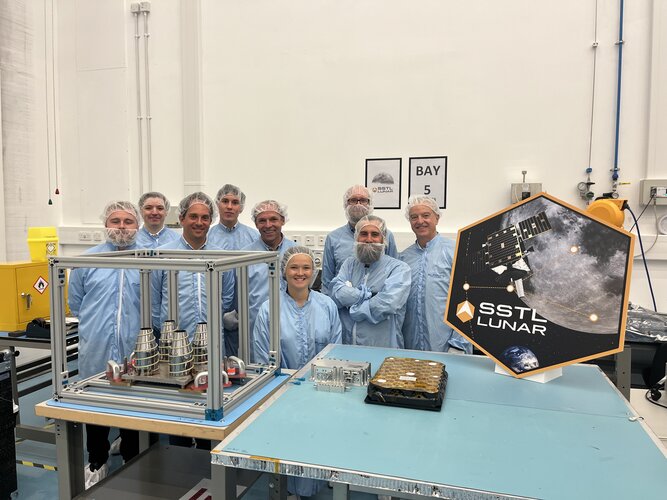 Image:
Satnav from Earth to the Moon
Image:
Satnav from Earth to the Moon Possible meteorite splashes down in British Columbia pool
 A British Columbia man said he is trying to determine whether an object that splashed down in his backyard pool was a meteorite.
Justin Broad said he was outside his home in Delta earlier this week when something fell from above and splashed into his pool.
He said the object, which he suspects may have been a meteorite, was slightly disintegrating in the water.
"It didn't cloud
A British Columbia man said he is trying to determine whether an object that splashed down in his backyard pool was a meteorite.
Justin Broad said he was outside his home in Delta earlier this week when something fell from above and splashed into his pool.
He said the object, which he suspects may have been a meteorite, was slightly disintegrating in the water.
"It didn't cloud 
